When one visits central California, it’s hard to pass up the chance to go along on a geological walk through Montana de Oro State Park:
The topography is amazing (translation: nice scenery) and the flora and fauna are incredible (translation: pretty things to look at). The overall feel of the place is as if you’ve stepped back in time, particularly when your guide is pointing out features of the landscape that accrued over millions of years.
During our walk (advertised as two hours, but it was over three!), we learned about how California, contrary to popular belief, is actually rising up out of the ocean as a result of geotectonic action that is most spectacularly concentrated in the San Andreas fault. The San Andreas, though, is only the most conspicuous of the hundreds, thousands, of faults in California:
Despite its many faults, though, California is NOT in danger of breaking off and sinking. If you click this link, you can see an explanation that doesn’t mention uplift. The second commentator on this link mentions that California is actually rising, but doesn’t discuss the concept of uplift in detail. Here, though, you can see the geologic history of the Pacific plate as it contacts the North American plate.
And here (Trecker, M.A., Gurrola, L.D. & Keller E.A., 1998), we see described in more technical detail than we could have expected from a geologist leading a field trip, the geologic process that created the outstanding feature of MdOSP, the feature that most visitors to the park never notice: the marine terraces. I quote because I’m so geologically challenged that I can’t paraphrase:
Coastal areas which have experienced uplift during the Late Pleistocene to present are typically characterized by a series of uplifted marine terraces resembling a flight of stairs. Each terrace forms at sea level as a wave-cut platform overlain by a thin veneer of marine sediments which are capped by more extensive terrigenous sediments and, often, vegetation.
Three terraces are distinctly visible from Spooner’s Cove. The first is the bluffs overlooking the cove, about 90 feet high.
The second is farther inland, and the third farther inland yet. The remaining terraces are difficult to make out among the varied erosional layers of the coastal topography, but our guide assured us that Valencia Peak would be terrace fourteen.
As you can see from the map at the beginning of the post, the terrain there is pretty well folded up, but the marine terraces are inconspicuous compared to the gaudy beauty of the beach, the wildflowers, and the fauna (we saw a bunny rabbit, lots of birds, and some other beasts as well). The terraces, though, tell a story that many of visitors to the park never get to hear.
A few miles after the entrance to the park, you come across a visitor’s center.
That’s across the street from one of the most popular beaches, Spooner’s Cove, which was also the starting point for our geology lesson.
One of my favorite parts of the walk was when our guide showed us Piddock clams, those little mollusks that are responsible for the “holes” in the swiss cheese rock you find on the beach so often:
Apparently they are able to burrow into the rock as larvae, and then as they grow, they carve out larger and larger holes for themselves. They also “migrate” in the rock; our guide told us that when they’ve retrofitted concrete pilings on piers, they’ve discovered long “clamholes” that snake back and forth through the concrete. Apparently these little guys like to move around, go all the way from one side to the other, do a little u-turn, and repeat the process. Remind me to have a little less faith in the solidity of concrete pier pilings!
We saw some other “rock-eaters” on the walk as well: the picture below is of a sea urchin bed that had been uplifted at some point around 5000 years ago. The “egg carton” dimples show how closely packed those urchins were. You can’t see it in the photo, but the water is only about 2 or 3 meters below the urchin bed.
Below is an image gallery of the scenery, and the flora and fauna we saw on our walk. Enjoy!
Related Images:
no images were found

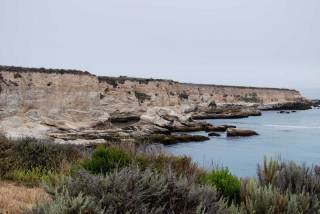
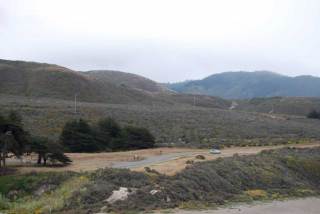
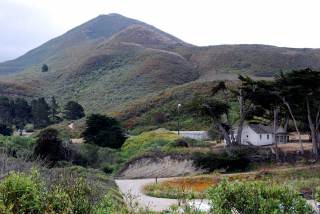
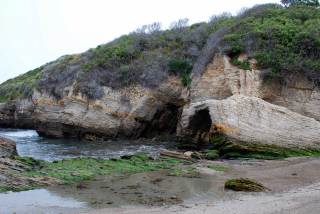
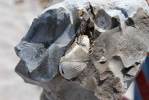
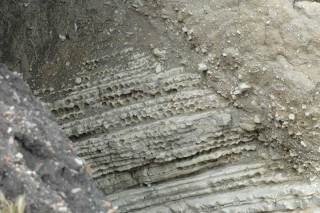
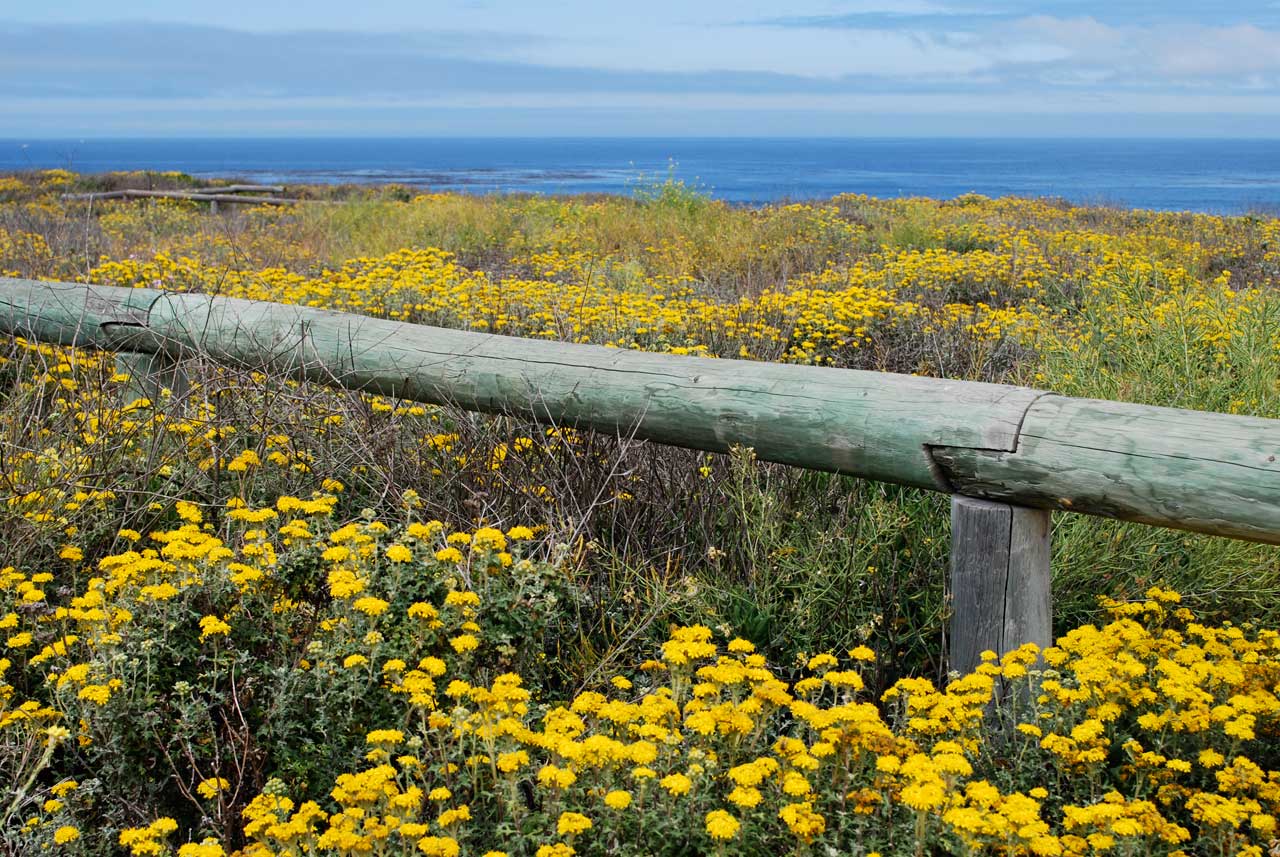
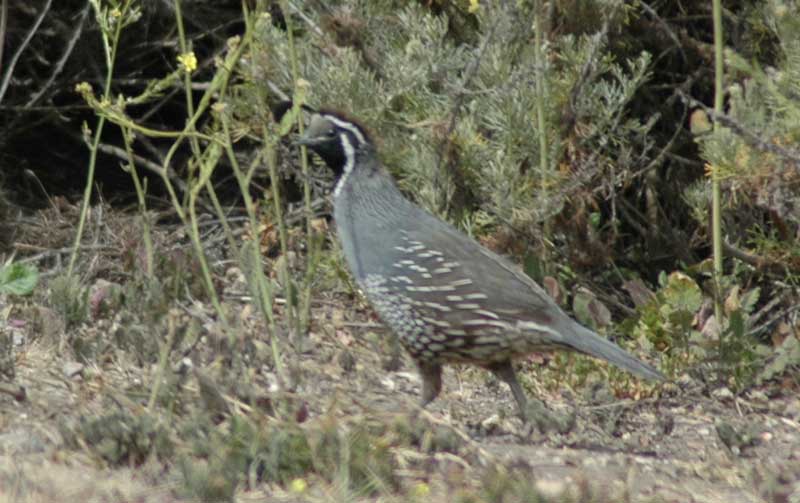
2 thoughts on “An uplifting visit to Montana de Oro State Park”